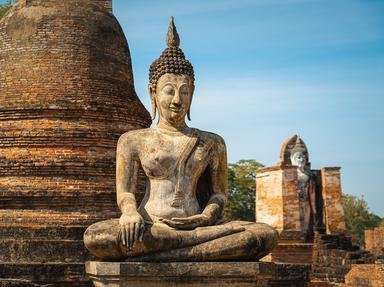Quiz Answer Key and Fun Facts
1. What southern state sent a statue of Helen Keller to the Capitol?
2. Colorado contributed a statue of Florence Sabin. In what field was she a pioneer?
3. Frances Willard was the first woman with a statue in the Capitol. What political cause is she most associated with?
4. Maria Sanford of Minnesota was a pioneer in what field?
5. True/False: Jeanette Rankin voted against the United States entering both World War 1 and World War 2.
6. What Native American tribe was Nevada native Sarah Winnemucca a member of?
7. Sacajawea is notable as Lewis and Clark's guide on their expedition. Which state, home to historic Fort Mandan, contributed her statue at the US Capitol?
8. Mother Joseph, a missionary in the Pacific Northwest, is best known for her work in what field?
9. What historic first can Wyoming resident Esther Hobart Morris claim?
10. Rosa Parks has the distinction of being the first woman with a statue in the Capitol authorized by Congress. What Civil Rights event is she most closely associated with?
Source: Author
parrotman2006
This quiz was reviewed by FunTrivia editor
stedman before going online.
Any errors found in FunTrivia content are routinely corrected through our feedback system.
